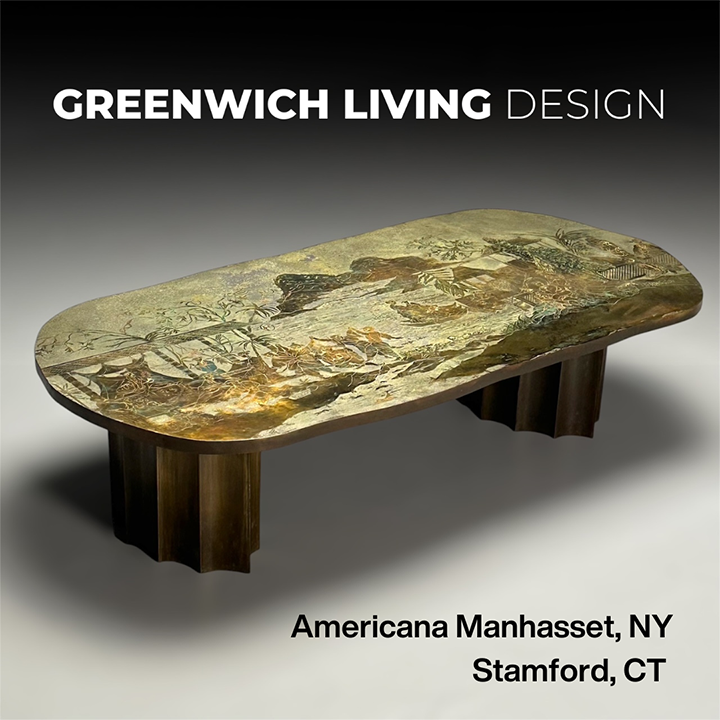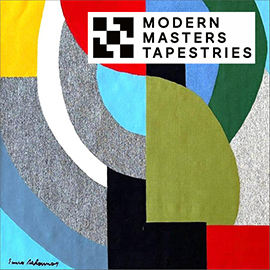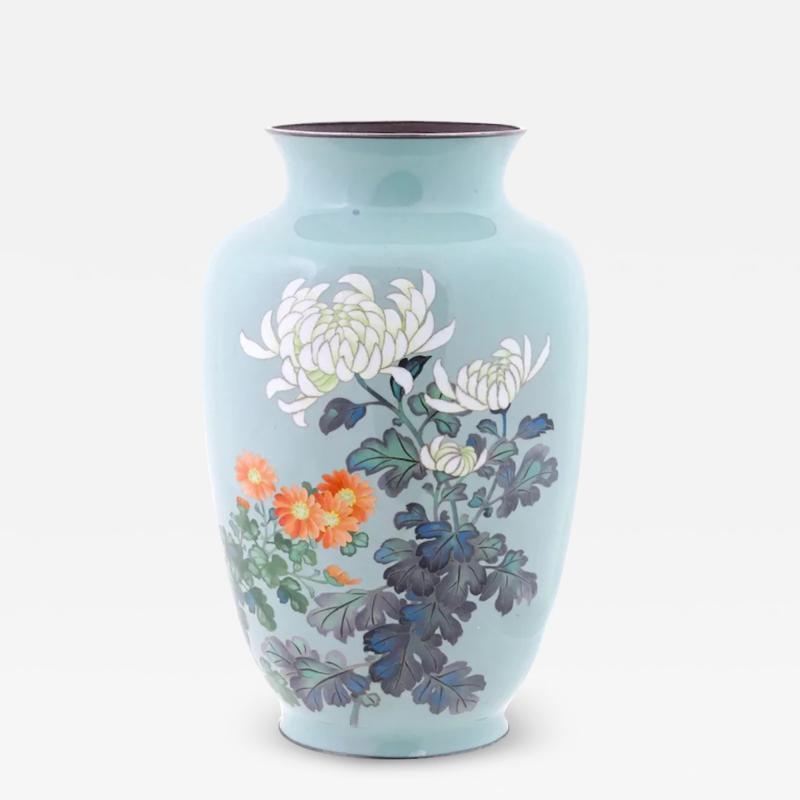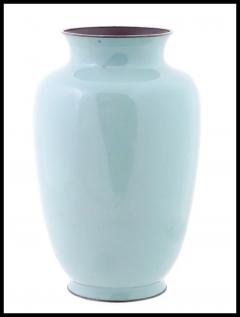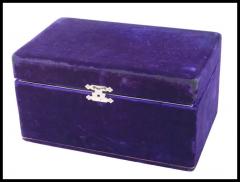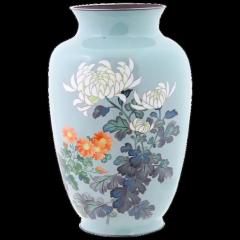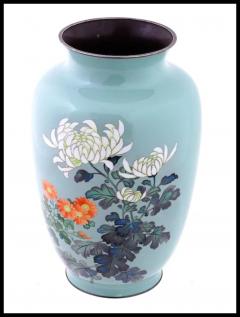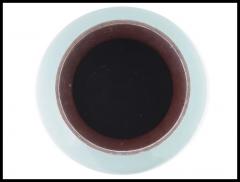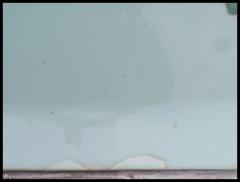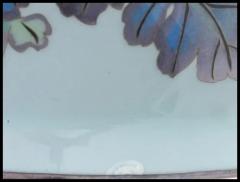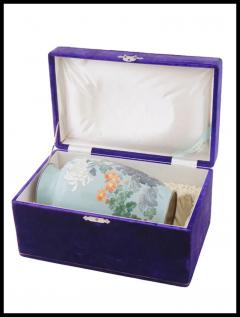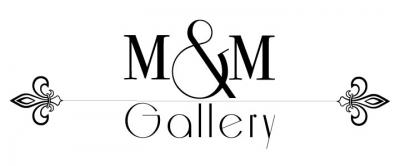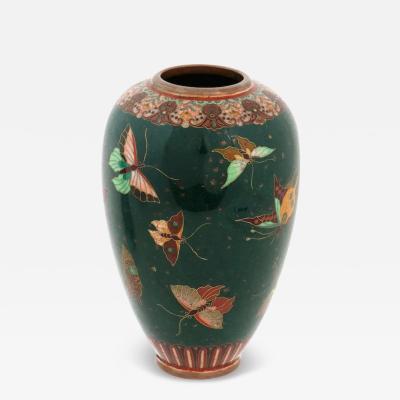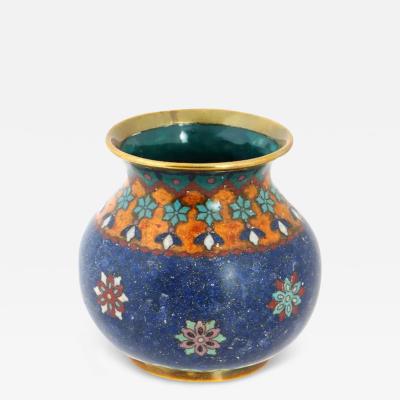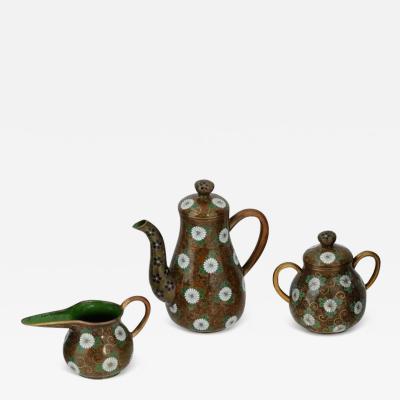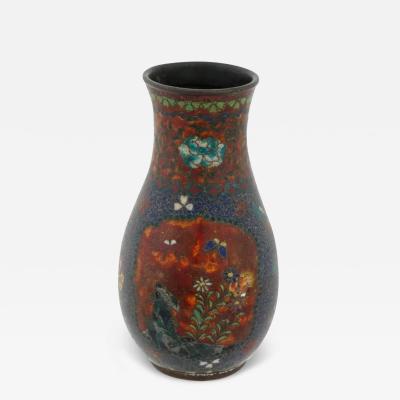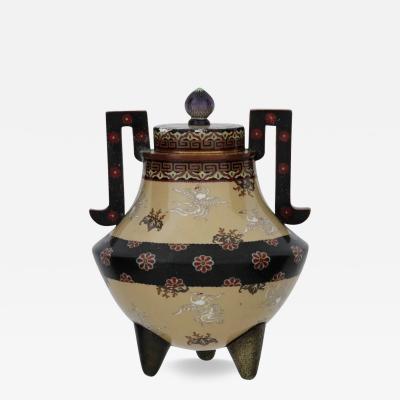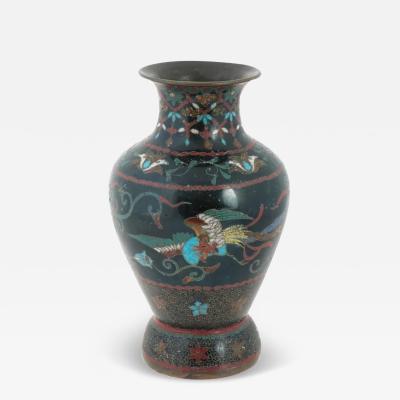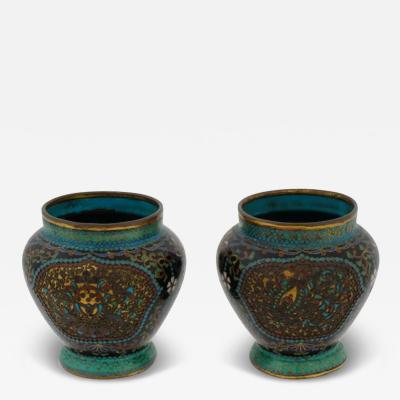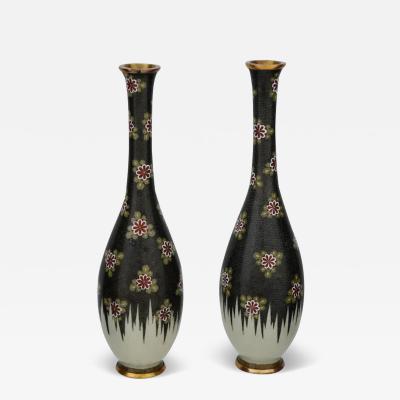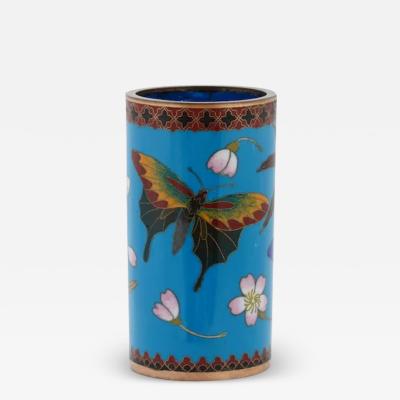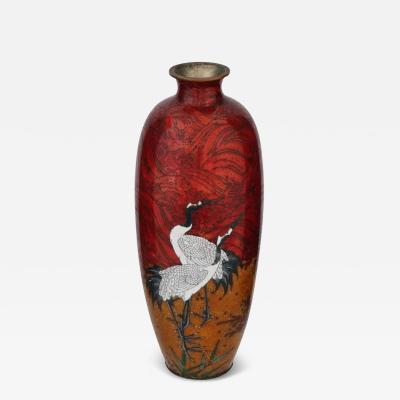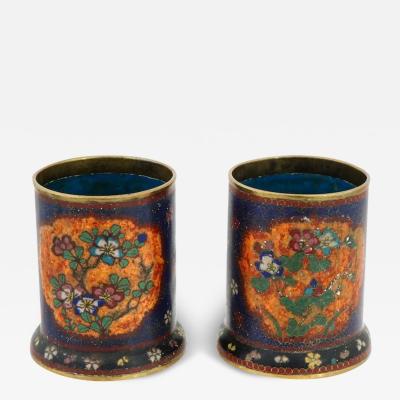Antique Japanese Meiji Era Vase By Gonda Hirosuke
-
Description
An ancient Japanese vase with magnificent flower decoration made in a polychrome cloisonne enamel on a pale turquoise ground. Classic form for Japanese works of the Meiji era. The base is marked with the mark Gonda Hirosuke, 1865 to 1937. Cloisonne is a way of enameling an object, typically made of copper, whereby fine wires are used to delineate the decorative areas into which enamel paste is applied before the object is fired and polished. The Japanese characters used for the word shippo, the Japanese term for enamelware, mean Seven Treasures, which is a reference to the seven treasures mentioned in Buddhist texts. Although these treasures may vary, they generally included at least some of the following: gold, silver, emerald, coral, agate, lapis lazuli, giant clamshell, glass and pearl. The Japanese applied this expression to the rich colors found on Chinese enamel wares and later to those they made themselves. Cloisonne Technique, Japanese Vases, Meiji Era, Gonda Hirosuke.
OVERALL GOOD VINTAGE CONDITION. SIGNS OF AGE AND WEAR. SOME DAMAGE ON THE BOTTOM RIM. REFER TO PHOTOS.
H 12 IN. ALL MEASUREMENTS ARE APPROXIMATE. -
More Information
Period: 19th Century Condition: Good. OVERALL GOOD VINTAGE CONDITION. SIGNS OF AGE AND WEAR. SOME DAMAGE ON THE BOTTOM RIM. REFER TO PHOTOS. Styles / Movements: Asian, Traditional Incollect Reference #: 764172 -
Dimensions
H. 12 in; H. 30.48 cm;
Message from Seller:
For inquiries on our exquisite collection of Japanese Cloisonné Enamels and other fine art pieces, please contact mmgalleryny@gmail.com or call 917.686.9729. Visit us by appointment in New York City to explore our curated selection of Asian art, American masterpieces, French antiques, and rare collectibles.




